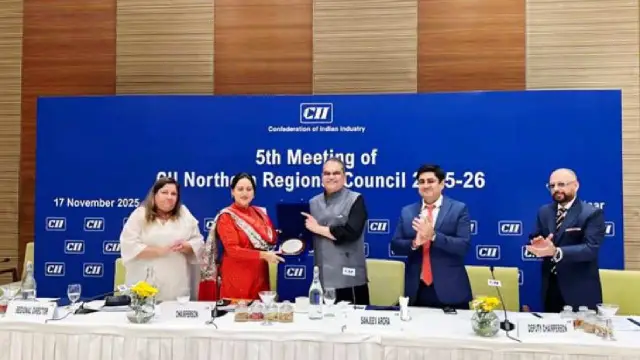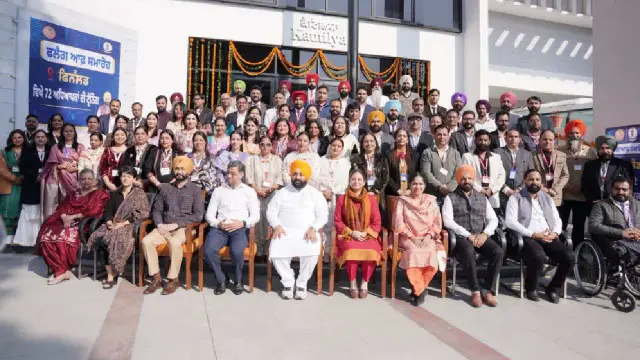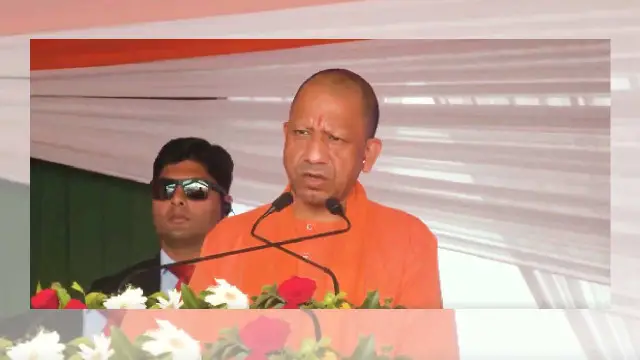GSI Survey Targets Landslide Prevention on Mata Vaishno Devi Battery Car Route
The Geological Survey of India has initiated a comprehensive survey to prevent landslides along the battery car route to the Mata Vaishno Devi shrine.

The Geological Survey of India has launched a critical survey to mitigate landslide risks along the battery car route to the revered Mata Vaishno Devi shrine in Jammu and Kashmir. This initiative addresses the growing concern over landslides that have disrupted pilgrim movement, especially during the monsoon season. The survey, expected to conclude by October, aims to identify vulnerable spots, ensuring a safer journey for the millions who visit the holy site annually.
Planned Infrastructure Upgrades
Following the survey’s completion, authorities plan to install concrete walls, sheds, and iron nets in the identified landslide-prone areas. The use of durable materials and strategic placement will minimize future risks, offering long-term protection to both pilgrims and the battery car system. This proactive approach reflects a commitment to modernizing the pilgrimage infrastructure while preserving its sanctity.
Ongoing Mitigation Efforts
Even as the GSI survey progresses, two companies are actively working on the ground to prevent landslides, achieving a notable reduction of 50-60% in such incidents. Their efforts include clearing debris, reinforcing slopes, and installing temporary barriers, providing immediate relief to travelers. This ongoing work has stabilized parts of the route, allowing smoother operations despite recent weather challenges. The collaboration between these companies and the GSI underscores a multi-layered strategy to ensure safety.
GSI Plans concrete sheds for Vaishno Devi Route
This initiative marks a significant step toward making the Mata Vaishno Devi route more resilient to natural hazards. As the survey unfolds over the coming months, the planned installations will build on current successes, aiming for near-complete landslide prevention. For devotees and local communities, this project promises a safer and more reliable pilgrimage experience, reinforcing the region’s spiritual and economic importance with enhanced infrastructure by October 2025.















